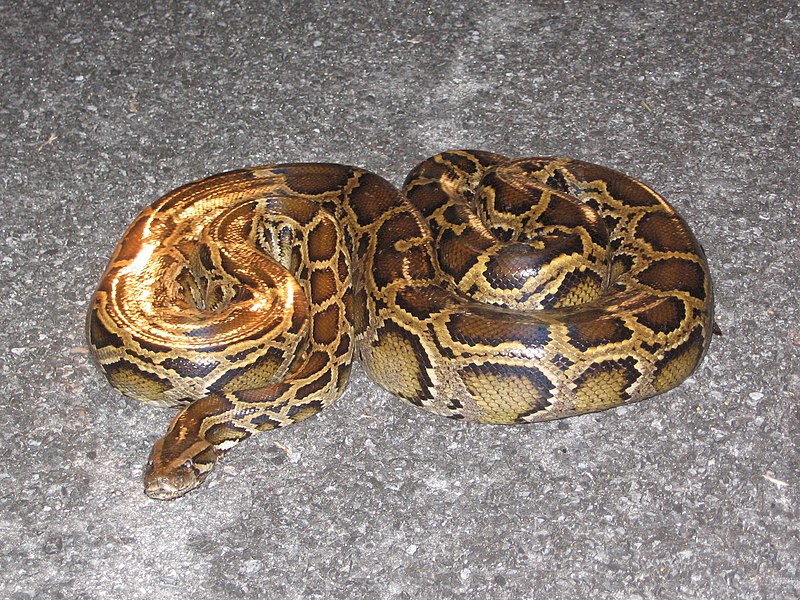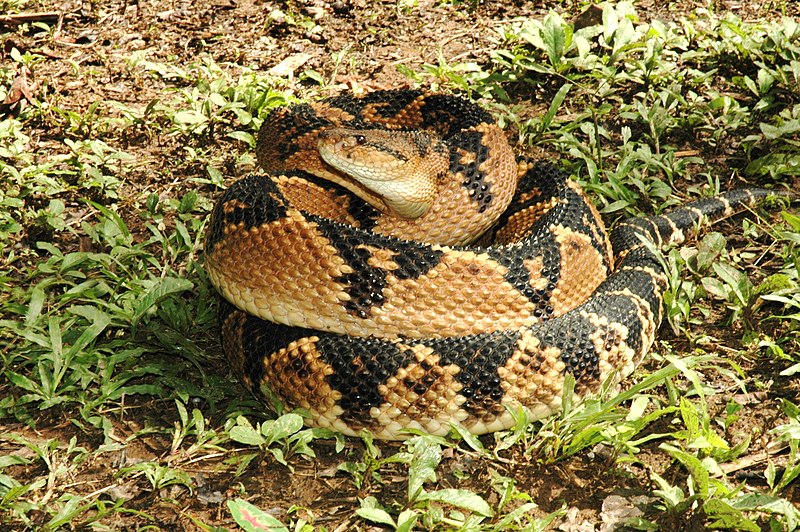 I remain awed by the learning abilities and complex behaviors evidenced by the Water and Lace Monitors I cared for at various zoos…spend time with any species and you’ll quickly see why. Despite being popular study subjects, monitors are constantly surprising us. For example, the current issue of The Journal of Herpetology (V44, N3, Sept 2010) documents an entirely new behavior for any monitor species – cooperative nest building and nest guarding in Rosenberg’s Monitor (Varanus rosenbergi).
I remain awed by the learning abilities and complex behaviors evidenced by the Water and Lace Monitors I cared for at various zoos…spend time with any species and you’ll quickly see why. Despite being popular study subjects, monitors are constantly surprising us. For example, the current issue of The Journal of Herpetology (V44, N3, Sept 2010) documents an entirely new behavior for any monitor species – cooperative nest building and nest guarding in Rosenberg’s Monitor (Varanus rosenbergi).
Nest Defense by both Sexes
A 16-year-long study of this species on Australia’s Kangaroo Island has revealed that females guard their nest sites for up to 3 weeks after egg deposition, a behavior that has not been documented for any other monitor (3 species, including the Komodo Dragon, may return to the nest site on occasion, but seem not to remain nearby). Amazingly, in 8 instances a male joined the female in protecting the eggs. Read More »
 That Reptile Blog – Reptile, Amphibian and Exotic Pet Care and Information
That Reptile Blog – Reptile, Amphibian and Exotic Pet Care and Information



